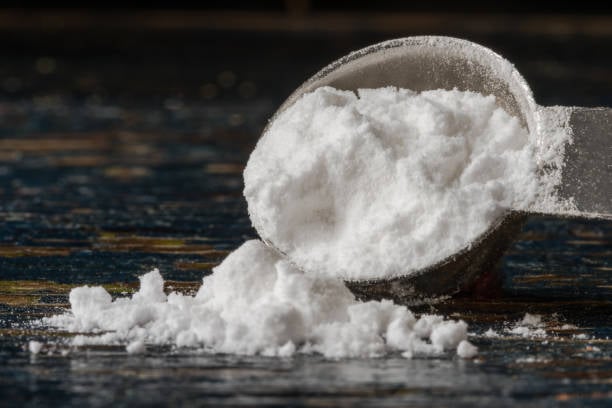Understanding the Distinction: Food Grade vs Non Food Grade Sodium Hydroxide
When it comes to sodium hydroxide, also known as caustic soda or lye, there are significant differences between the food grade and non-food grade variants. These variations in quality and purity make it crucial for consumers to understand the disparities before using the substance for their respective applications. In this article, we will delve into the dissimilarities between food grade and non-food grade sodium hydroxide, shedding light on their properties, uses, and safety considerations.
1. Defining Food Grade Sodium Hydroxide
Food grade sodium hydroxide refers to the variant of caustic soda that meets the stringent standards set by regulatory bodies for use in food processing and preparation. It undergoes rigorous testing and adheres to specific guidelines to ensure its suitability for human consumption.
2. Properties of Food Grade Sodium Hydroxide
Food grade sodium hydroxide is typically available in the form of white pellets, flakes, or granules. It is highly soluble in water and exhibits strong alkaline properties. With a chemical formula of NaOH, it boasts a molecular weight of 40.00 g/mol.
3. Common Uses of Food Grade Sodium Hydroxide
Food grade sodium hydroxide finds extensive application in various food-related processes, including but not limited to:
- Food preparation and cooking
- Baked goods production
- Chocolate and cocoa processing
- Soft drink manufacturing
- Dairy product production
- Poultry and meat processing
4. Safety Considerations for Food Grade Sodium Hydroxide
While food grade sodium hydroxide is safe for consumption, it is essential to handle it with care. Direct contact with the skin or eyes can lead to severe burns and damage. As a precautionary measure, it is recommended to wear protective gloves, goggles, and appropriate clothing while working with this substance.
5. Understanding Non Food Grade Sodium Hydroxide
Non-food grade sodium hydroxide, as the name suggests, does not meet the stringent regulations for food safety. It may contain impurities, residues, or other chemicals that render it unsuitable for direct consumption.
6. Properties of Non Food Grade Sodium Hydroxide
Similar to its food grade counterpart, non-food grade sodium hydroxide is also available in the form of white pellets, flakes, or granules. However, its purity and composition may vary, making it unsuitable for applications involving human ingestion.
7. Common Uses of Non Food Grade Sodium Hydroxide
Due to its lower purity and potential impurities, non-food grade sodium hydroxide is primarily utilized in industrial and commercial applications, including:
- Soap and detergent manufacturing
- Paper and textile industries
- Water treatment processes
- Chemical synthesis
- Metal and aluminum processing
8. Safety Considerations for Non Food Grade Sodium Hydroxide
Non-food grade sodium hydroxide should be handled with extreme caution due to the presence of impurities and the potential for adverse reactions. Users must take appropriate safety measures by wearing protective gear, such as gloves, goggles, and suitable clothing, to prevent contact with the skin, eyes, or inhalation of the substance.
9. Legal and Regulatory Aspects
Food grade sodium hydroxide falls under the purview of regulatory bodies governing food safety, such as the Food and Drug Administration (FDA) in the United States. These organizations set specific standards and guidelines to ensure the safety and quality of the substance used in food-related applications.
10. Conclusion: Making the Right Choice
Understanding the difference between food grade and non-food grade sodium hydroxide is crucial for making informed decisions regarding its usage. While food grade sodium hydroxide is safe for human consumption and extensively used in the food industry, non-food grade variants are suitable for various industrial applications. By adhering to safety guidelines and regulations, users can harness the benefits of sodium hydroxide while minimizing potential risks.

